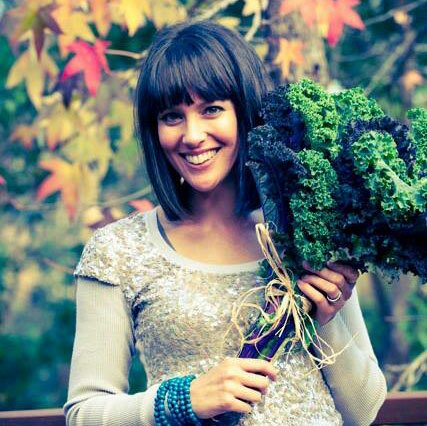Romancing the Sea Vegetable Part Deux – a Cauliflower Soup

Dulse magic!
Dulse is a luscious maroon coloured, fabulously versatile seaweed that is bound to steal your heart.

On top of the health and nutritional benefits mentioned previously, dulse is exceptionally high in iodine and manganese, and has been used as a remedy for sea sickness, herpes and scurvy – what more could you ask for?! It’s salty flavour makes it a great salt substitute, but you may like to start slowly and build up as your body adjusts to the flavour which can be overpowering if you overdo it!

You can buy dulse as larger pieces, or in flakes as pictured. The flakes really are next level awesome as you can add them to almost anything (I haven’t tried with sweet things, but why not throw some into a carrot cake mix?). They are a vitamin and mineral injection to any meal you add them to, and because they are so conveniently flaky you can feel free to sprinkle into soups, stews, pasta sauces, meat dishes, salads, onto vegetables, you name it – you dulse it!
The larger dulse pieces can be used as spinach or other leafy veg, or sauteed and eaten as a snack or a side. I crisped some up on a really low heat in the oven to eat – they are intense this way, but would be a fun and healthful addition to your normal array condiments!
Today I have used the flakes in this week’s Food Matters Project recipe – Roasted Asparagus and White Bean Soup, chosen and hosted by Adrienne. Asparagus is not in season here at the moment, so I have made a different version of the soup using cauliflower and kale, loosely inspired by Heidi Swanson’s Cauliflower Soup. I have kept the recipe dairy free, but it would …























